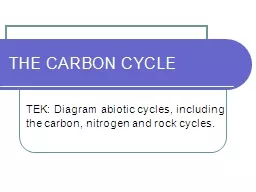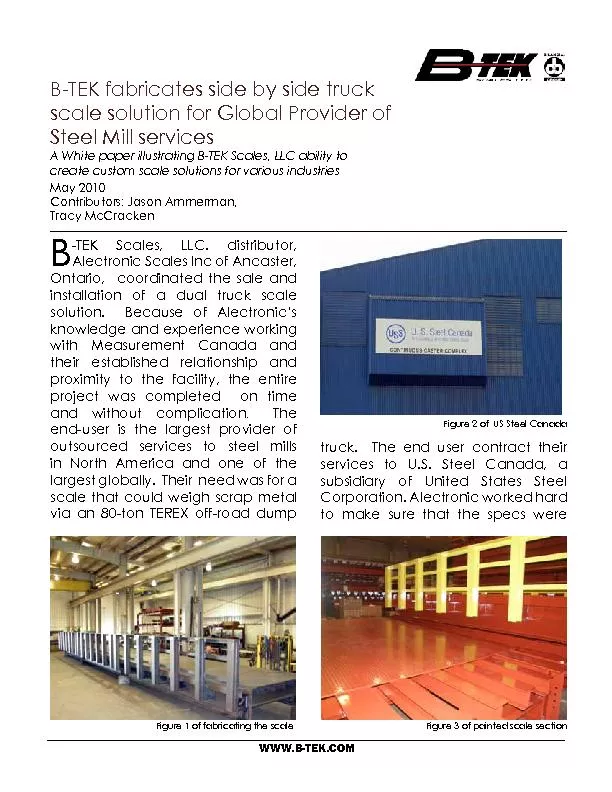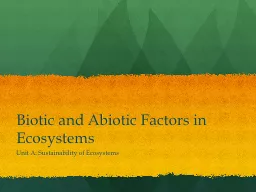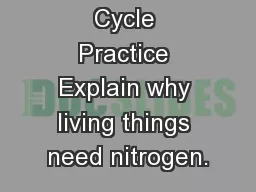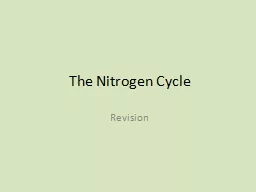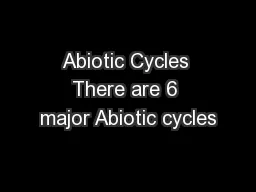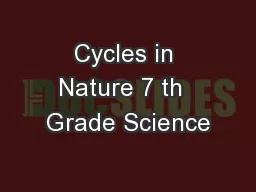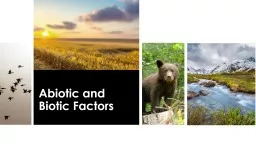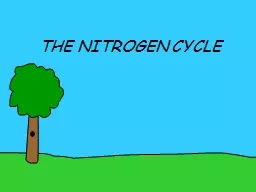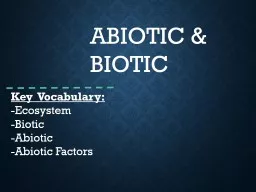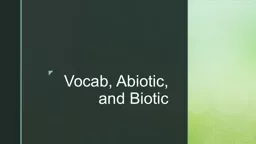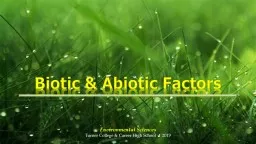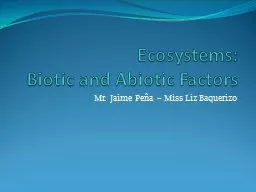PPT-THE CARBON CYCLE TEK: Diagram abiotic cycles, including the carbon, nitrogen and rock
Author : kittie-lecroy | Published Date : 2018-03-21
What Is Carbon An element 6 protons 6 neutrons The basis of life of earth Found in all earth systems Carbon Cycle The same carbon atoms are used repeatedly on earth
Presentation Embed Code
Download Presentation
Download Presentation The PPT/PDF document "THE CARBON CYCLE TEK: Diagram abiotic cy..." is the property of its rightful owner. Permission is granted to download and print the materials on this website for personal, non-commercial use only, and to display it on your personal computer provided you do not modify the materials and that you retain all copyright notices contained in the materials. By downloading content from our website, you accept the terms of this agreement.
THE CARBON CYCLE TEK: Diagram abiotic cycles, including the carbon, nitrogen and rock: Transcript
Download Rules Of Document
"THE CARBON CYCLE TEK: Diagram abiotic cycles, including the carbon, nitrogen and rock"The content belongs to its owner. You may download and print it for personal use, without modification, and keep all copyright notices. By downloading, you agree to these terms.
Related Documents

